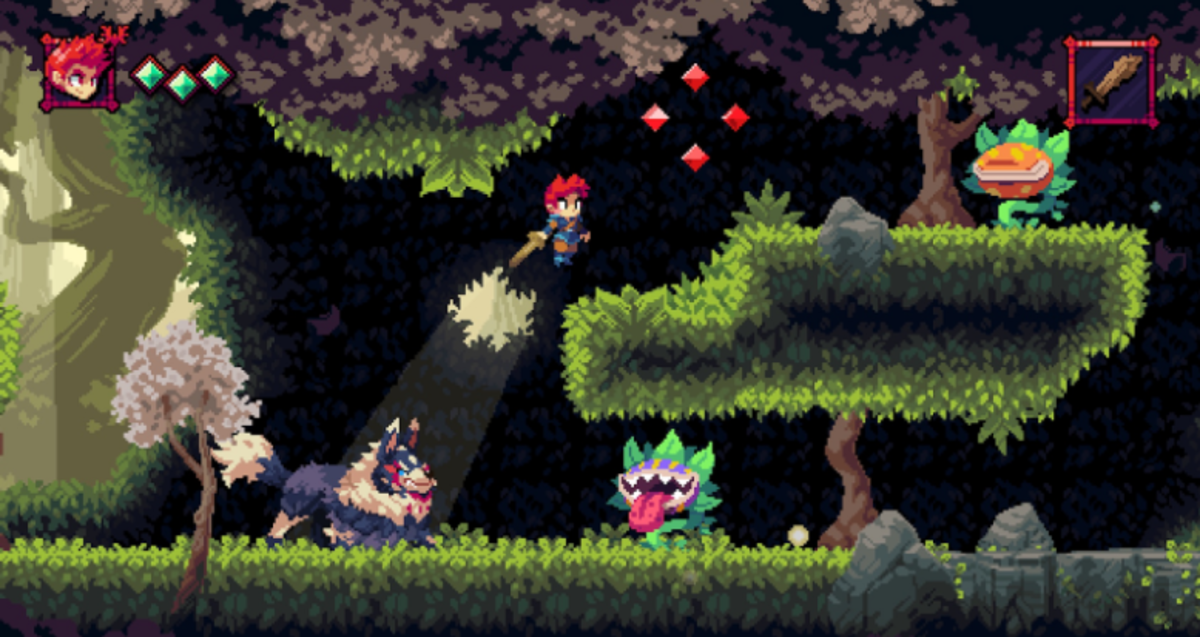Roshambo: Rock Paper Scissors Strategy
Tournament Rock Paper Scissors Strategy
Rock, Paper, Scissors - RPS - is, at first blush, a simple game, that any two people can play. Two individuals compete, after pumping their arms and then display their hand simultaneously. A rock is represented by a closed fist, paper by an open extended flat hand, and scissors by forming a V with the index and middle finger, in the shape of scissors. If both players chose the same, there is a draw in RPS. Otherwise one wins and the other loses, with rock beating "smashing" scissors, scissors beating "cutting" paper, and paper beating "covering" rock.
As a children's game or way of choosing in an otherwise tough decision, RPS can be a single matchup, or more typically two out of three wins. In RPS tournament play, there is often a set of throws (engagements) and the best of three engagements is a "bout." The best of three bouts wins the match. The match winner advances to play his next match against another tournament winner.

RPS Strategy
Basic Rock Paper Scissors Strategy to Win at Tournaments
To the casual fan, it appears that the odds of winning any throw of Rock Paper Scissors would be the same for each RPS opponent, and if two computers played each other that would be true. Humans, however, are far from random in their choices, and there are many ways one can play the game of Rock Paper Scissors to the player's advantage.
One basic method to get an edge, is to take a throw away from his RPS opponent. If the player can get their opponent to avoid paper, for example, by convincing him that they are inclined to scissors, the player can safely play rock with at worst a draw (if the opponent throws rock) and if he plays scissors the player will win. In this scenario he doesn't throw paper because the player convinced him that the player was likely to play scissors. There are many methods, some of which are discussed later, that can bring that result.
A second basic method to help win, is to get the RPS opponent to make a predictable move, which is often a matter of psychology. If the player can find a way to get the opponent player to move the way she wants them to, without them seeing her deft hand behind the maneuver, she will have a leg up.
Roshambo Gambits and Chaos Play
Players who who prefer to play randomly are using game theory. Game theory analysis is cited by math professor and Poker Pro Chris Ferguson as the optimal strategy when you play RPS. The random play makes this style impossible to exploit, and against skilled players should certainly be a strategy in a player's arsenal. However, keeping throws random is a very hard task, and most experienced players make use, instead, of gambits.
A “gambit,” in RPS, is a series of three throws used with some sort of strategic intent. “Strategic intent” means that the three throws are planned beforehand as part of a sequence. Selecting throws in advance can help circumvent unconscious patterns and may sometimes reduce tells. RPS experts will choose throws in groups of three to avoid a reactive game while still leaving the player numerous decision-points. This serves to keep the Rock Paper Scissors strategy adaptable.
The Eight Classic RPS Gambits
The basic three throw gambit can be comprised of 27 mathematically possible combinations. However, 8 of these combination of throws have become accepted and are now classic strategies in Rock Paper Scissors tournaments. These 8 classic RPS gambits are:
- RRR - The avalanche
- PPP - Beaurcrat
- SSS - The Toolbox
- PSR - The Crescendo
- RSP - Denouement
- RPP - Fistful of Dollars
- PSS - Paper Dolls
- PSP - Scissor Sandwich
An Example of an Aggressive Rock Paper Scissors Gambit
The avalanche is a strong aggressive start, and not a bad choice for aggressive RPS players. Since many experienced tournaments open with scissors, this can rack up an initial win, and keeps an aggressive mode. The Bureaucrat is a passive gambit that can be a defensive move, and is a good choice against naïve players, who tend to open with stone. While it is vulnerable to scissors, tournament players know that scissors is the least frequent choice of the three throws by about 3%.
Building More Complex Rock, Paper, Scissors Tournament Moves
Having an opening gambit move can leave the player with extra time and attention to focus on his opponent, but it can also be used to switch gears later. For example, Let's say the player's opponent is aggressive and opens rock, scissors, rock and the player has an opening gambit of the Toolkit (SSS). Now the player is down two, and the opponent has demonstrated aggressive tendencies. So the player might decide to switch to an aggressive avalanche (RRR) or a defensive strategy like the bureaucrat (PPP). Chaining the two gambits makes some sense, and the player might chose SSSPPP or SSSRRR. That pattern might be chosen on the fly, or preplanned.
In its preplanned for it is often 5 moves. In the above example, if the player had preplanned a 2 gambit combo it might be SSSRR. Here is a scenario for a naïve opponent: After 3 successive scissors, the opponent is likely to assume that the player is going to play S a fourth time and switch to rock. More likely the opponent will think ahead enough to anticipate this switch and instead she will choose scissors, assuming that the player will switch up to paper (because she assumes the player is trying to trap her rock, or at least that the player won't be playing scissors). So playing against the most naïve opponent the extended gambit would be SSSPP or when facing the average beginning tournament opponent, who thinks about one move ahead, SSSSP might be better.
Of course when facing a more sophisticated opponent, it might be better to combine two gambits, like RRRSP (avalanche and denouement combined). This could be a good choice to preplan. Most successful tournament players, however think several levels ahead.
As is obvious by now, successful tournament play quickly becomes a psychological contest. Among the things a good tournament player wants to know is the opponent's basic temperament (e.g., aggressive, passive, crafty), the level of experience of the opponent, how the opponent responds to winning/losing (defensively, aggressively or chaotic), as well as how many levels of thinking they employ. Most of this information comes from careful observation of the opponent and his tells (non verbal signals), however if previous records of play are available, the careful study of those previous RPS tournament wins and losses will also help.
Photo credit: rps by ecstaticmark



